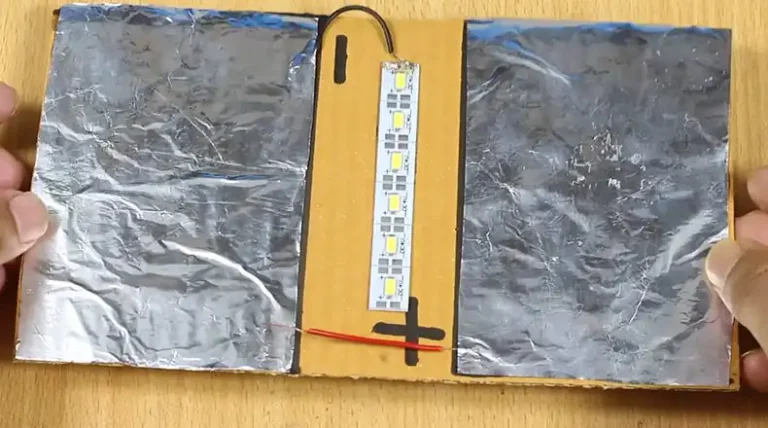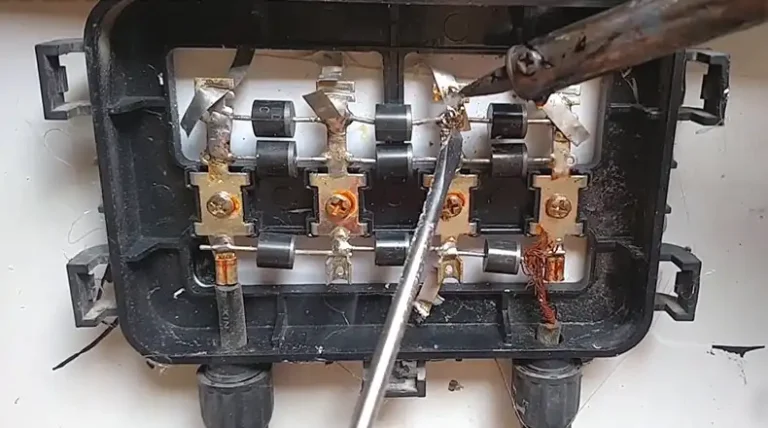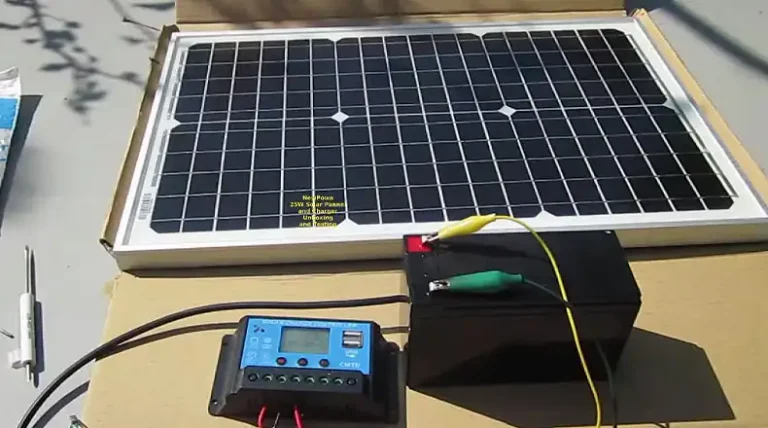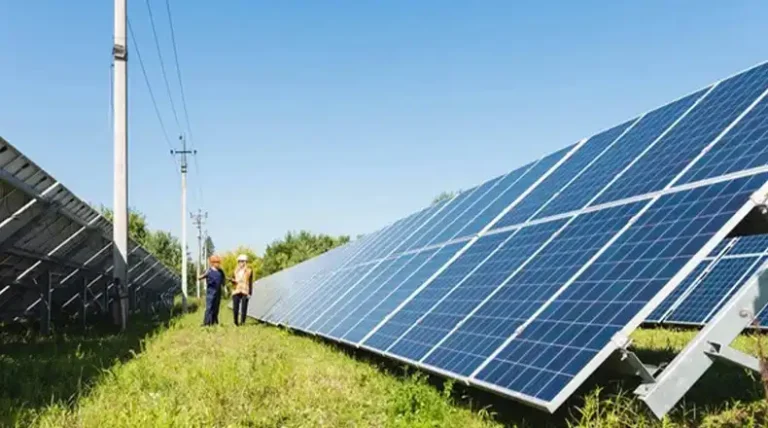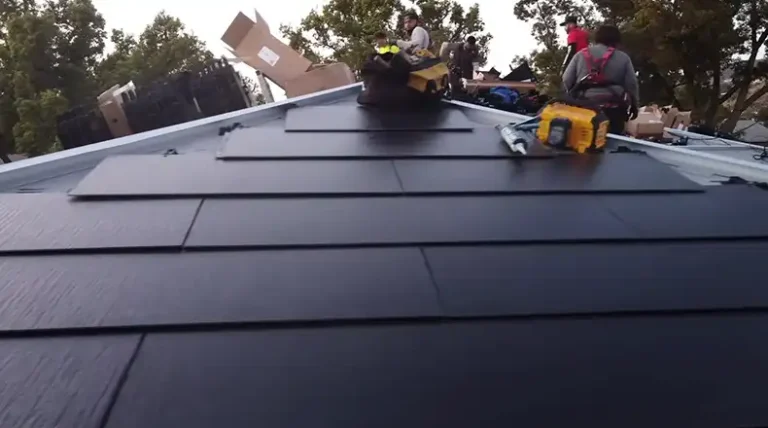Do Solar Panels Charge Faster in Series or Parallel?
If you’re a solar enthusiast or someone who’s exploring renewable energy options, you might have come across the terms “series” and “parallel” when it comes to connecting solar panels. While both configurations serve different purposes, the question arises: which one charges faster? In this article, I’ll discuss in detail about in which way you could get your battery charged faster. In short, the answer is Parallel, and in this article I will discuss why it’s ideal
Whether you’re a homeowner looking to optimize your solar system or a professional in the field of renewable energy, understanding series and parallel connections can help you make informed decisions and maximize the efficiency of your solar setup. So, let’s get in and explore the intricacies of this fascinating topic!
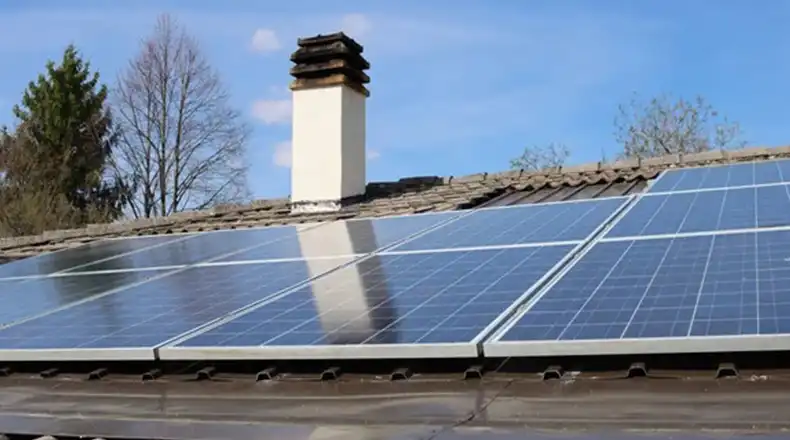
How do Solar Panels Charge in Series and Parallel?
To understand the charging speeds of solar panels in series and parallel configurations, it’s essential to grasp how they operate under each setup.
In Series Connection
When solar panels are wired in series, the voltage output of each panel is combined, but the current remains constant. This means that the overall voltage is higher, while the current stays the same. Series connections are commonly used when a higher voltage is required for charging or powering specific loads. However, it’s important to note that if one panel in the series configuration is shaded or underperforming, it can negatively impact the entire system’s output.
In Parallel Connection
On the flip side, when solar panels are connected in parallel, the current output of each panel is added together, but the voltage remains the same. In this configuration, the overall current is higher, while the voltage stays constant. Parallel connections are often utilized when a higher current is needed for charging or running specific loads. One advantage of this setup is that if one panel in the parallel configuration is shaded or underperforming, the rest of the system can continue to operate, albeit with a slightly reduced output.
Our Verdict
Now, let’s address the question: which configuration charges faster, series or parallel? The answer lies in understanding the importance of current when it comes to charging speed.
Voltage: While voltage needs to be slightly higher than the battery’s current voltage to initiate charging, increasing the voltage further won’t significantly impact the charging speed. In fact, excessively high voltages can potentially damage the battery.
Current: The higher the current within the safe limits for the battery, the faster the charging process will be. Think of it like filling a bucket with water. A wider hose (higher current) will fill the bucket quicker than a narrow hose (lower current), even if the water pressure (voltage) from both hoses is similar.
Example
To illustrate this concept, let’s consider two solar panel setups with a 12-volt battery:
Setup 1: One solar panel with a voltage of 18 volts and a current of 3 amps. This setup meets the voltage requirement (higher than 12V) to initiate charging. With 3 amps of current, it will take a longer time to fully charge the battery compared to Setup 2.
Setup 2: Two solar panels connected in parallel (voltage remains 18V). Current doubles to 6 amps (each panel contributes 3 amps). Although the voltage stays the same (18V), the higher current (6 amps) will charge the battery noticeably faster than Setup 1 because more electrons are flowing into the battery each second.
Key Points: Both setups have a voltage high enough to overcome the battery’s voltage and initiate charging. Setup 2 with the higher current (6 amps) will charge the battery faster because more current translates to a faster flow of electrons.
Bottom Line
when it comes to charging solar panels, parallel connections are the way to go if you’re looking for faster charging times. The higher current output in a parallel setup allows for a more efficient flow of electrons, resulting in a quicker charge for your battery. However, it’s essential to strike a balance between voltage and current requirements to ensure optimal performance and prevent any potential damage to your system.
If you have any further questions or need clarification on this topic, feel free to leave a comment below. We’re always happy to address your queries and help you make the most of your solar setup.

